About Forex
The foreign exchange market also known as Forex is a global decentralized or over-the-counter (OTC) market for the trading of currencies. This market determines foreign exchange rates for every currency. It includes all aspects of buying, selling and exchanging currencies at current or determined prices. The forex market is the largest financial market and most liquid market in the world. There are many benefits of trading forex, which include convenient market hours, high liquidity and the ability to trade on margin.
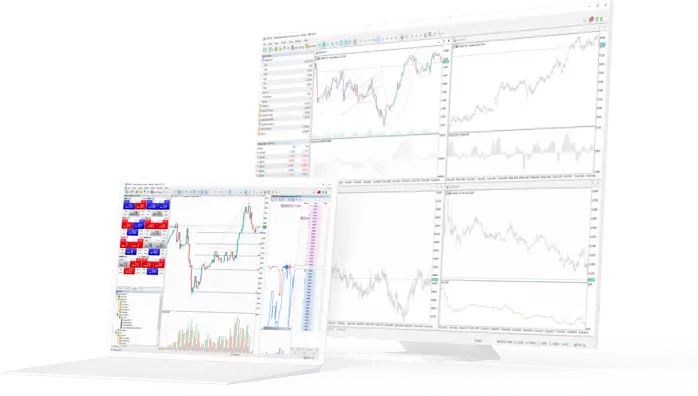

World's Largest and Most Liquid market

Convenient market hours (24/5)

Major, Minors and Exotics currency pairs

Ultra speed trade execution with tight spread

Leverage upto 1:500
- FX MAJORS
- FX MINORS
- FX EXOTICS
| Currency Pairs |
Min Price Fluctuation |
Spread as low as |
Avg Spread |
Contract Size | Long Swap Value in Points |
Short Swap Value in Points |
3 day Swap |
Limit/Stop levels |
Trading Hrs - GMT +2 |
|---|
| Currency Pairs |
Min Price Fluctuation |
Spread as low as |
Avg Spread |
Contract Size | Long Swap in Points |
Short Swap Value in Points |
3 day Swap |
Limit/Stop levels |
Trading Hrs - GMT +2 |
|---|
| Currency Pairs |
Min Price Fluctuation |
Spread as low as |
Avg Spread |
Contract Size | Long Swap in Points |
Short Swap Value in Points |
3 day Swap |
Limit/Stop levels |
Trading Hrs - GMT +2 |
|---|

FOREX TRADING HOURS
(GMT+2 time zone, please note DST may apply)
Monday – Friday: 00:05 – 23:50
Stop/Limit Order levels may vary during news or unusual market conditions without prior notice
The average spreads indicated here are calculated throughout the day. They tend to be narrower under normal market conditions. However, spreads may widen as a result of important news announcements, during political uncertainty, because of unexpected events that can lead to volatile market conditions, or at the close of the business day, or at the weekends when liquidity is lower. During such volatile and illiquid market conditions most liquidity providers quote spreads larger than normal. At such times, spread may increase.
If you leave an open position for the next trading day, you pay or you obtain the certain amount, calculated on the basis of interest rates difference of two currencies in currency pair. This operation is called "swap." In the trading terminal, "swap" is automatically converted into the deposit currency. The operation is conducted at everyday 00.00 (GMT+2 time zone, please note DST may apply)
On Friday the swap is charged for three days.
NOK and SEK pairs are provided with a maximum leverage of 1:100 for volumes with a notional value of up to 5,000,000 USD, For volumes above 5,000,000 USD the leverage for NOK and SEK pairs is fixed at 1:50.
HKD pairs are provided with a maximum leverage of 1:100 for volumes with a notional value of up to 5,000,00 USD, For volumes above 5,000,00 USD the leverage for HKD pairs is fixed at 1:25.
Please note that TRY, CZK and ZAR pairs have a fixed leverage at 1:25.
Frequently Asked Question
Explore numerous currency pairs with TIGHT SPREADS
The foreign exchange market (Forex, FX, or currency market) is a global decentralized or over-the- counter (OTC) market for the trading of currencies. Trading currencies always involves exchanging one currency for another.
The ultimate aim can vary and can be any of the below but not limited to the below:
- Exchanging currency A (e.g. USD) to currency B (e.g. EUR) for travelling purposes;
- Exchanging currency A (e.g. USD) to currency B (e.g. EUR) for trading purposes;
- Exchanging currency A (e.g. USD) to currency B (e.g. EUR) for speculative purposes, with the goal to make a profit.
Due to all the above, and not limited to the above, the forex trading market is today the world’s most liquid and most volatile market, with over $5 trillion traded daily.
Forex trading is in essence trading currencies for one another. As such, a Winstone Prime client trades one currency against another at a current market rate.
In order to be able to trade, it is required to open an account and hold currency A and then exchange currency A for currency B either for a long term or a short-term trade, with the ultimate goal varying accordingly.
Since FX trading is performed on currency pairs (i.e. the quotation of the relative value of one currency unit against another currency unit), in which the first currency is the so-called base currency, while the second currency is called the quote currency.
For example, the quotation EUR/USD 1.1285 is the price of the euro expressed in US dollars, which means that 1 euro equals 1.1285 US dollars.
Currency trading can be carried out 24 hours a day, from 2.00 GMT on Monday until 1.55 GMT on Saturday, with currencies traded among the major financial centres of London, New York, Tokyo, Zürich, Frankfurt, Paris, Sydney, Singapore and Hong Kong.
There is an endless number of factors that all contribute and influence the prices in forex trading (i.e. currency rates) daily, but it could be safe to say that there are 6 major factors which contribute the most and are considered key driving forces for forex trading price fluctuation:
- Differentials in inflation
- Differentials in interest rates
- Current account deficits
- Public debt
- Terms of trade
- Political and economic stability
In order to best comprehend the above 6 factors, you will have to keep in mind that currencies are traded against one another. So when one falls, another one rises as the price denomination of any currency is always stated against another currency.
It isn't owned by anyone in particular. Forex is an interbank market, meaning that its transactions are conducted only between two participants — seller and the buyer. So as long as the current banking system will exist, Forex will be here. It isn't connected to any specific country or government organization.
In forex trading, some currency pairs are labelled majors (major pairs). This category includes the most traded currency pairs and they always include the USD on one side.
Major pairs include: EUR/USD, USD/JPY, GBP/USD, USD/CHF, USD/CAD, AUD/USD, NZD/USD
1. What is Forex Trading?
The foreign exchange market (Forex, FX, or currency market) is a global decentralized or over-the- counter (OTC) market for the trading of currencies. Trading currencies always involves exchanging one currency for another.
The ultimate aim can vary and can be any of the below but not limited to the below:
- Exchanging currency A (e.g. USD) to currency B (e.g. EUR) for travelling purposes;
- Exchanging currency A (e.g. USD) to currency B (e.g. EUR) for trading purposes;
- Exchanging currency A (e.g. USD) to currency B (e.g. EUR) for speculative purposes, with the goal to make a profit.
Due to all the above, and not limited to the above, the forex trading market is today the world’s most liquid and most volatile market, with over $5 trillion traded daily.
2. How Does Forex Trading Work?
Forex trading is in essence trading currencies for one another. As such, a Winstone Prime client trades one currency against another at a current market rate.
In order to be able to trade, it is required to open an account and hold currency A and then exchange
currency A for currency B either for a long term or a short-term trade, with the ultimate goal varying accordingly.
Since FX trading is performed on currency pairs (i.e. the quotation of the relative value of one currency unit against another currency unit), in which the first currency is the so-called base currency, while the second currency is called the quote currency.
For example, the quotation EUR/USD 1.1285 is the price of the euro expressed in US dollars, which means that 1 euro equals 1.1285 US dollars.
Currency trading can be carried out 24 hours a day, from 2.00 GMT on Monday until 1.55 GMT on Saturday, with currencies traded among the major financial centers of London, New York, Tokyo, Zürich, Frankfurt, Paris, Sydney, Singapore and Hong Kong.
3. What Influences Prices in Forex Trading?
There is an endless number of factors that all contribute and influence the prices in forex trading (i.e. currency rates) daily, but it could be safe to say that there are 6 major factors which contribute the most and are considered key driving forces for forex trading price fluctuation:
- Differentials in inflation
- Differentials in interest rates
- Current account deficits
- Public debt
- Terms of trade
- Political and economic stability
In order to best comprehend the above 6 factors, you will have to keep in mind that currencies are traded against one another. So when one falls, another one rises as the price denomination of any currency is always stated against another currency.
4. Who owns Forex and where is it located?
It isn't owned by anyone in particular. Forex is an interbank market, meaning that its transactions are conducted only between two participants — seller and the buyer. So as long as the current banking system will exist, Forex will be here. It isn't connected to any specific country or government organization.
5. What are Majors in Forex Trading?
In forex trading, some currency pairs are labelled majors (major pairs). This category includes the most traded currency pairs and they always include the USD on one side.
Major pairs include: EUR/USD, USD/JPY, GBP/USD, USD/CHF, USD/CAD, AUD/USD, NZD/USD
 Home
Home Funds
Funds Partners
Partners Get Help
Get Help FAQ
FAQ Chat With Us
Chat With Us Contact Us
Contact Us Call Back Request
Call Back Request Sign Up
Sign Up Cabinet
Cabinet
 About Us
About Us  Client Protection
Client Protection Account Types
Account Types Funding
Funding Trading Conditions
Trading Conditions Forex
Forex Commodities
Commodities Indices
Indices Cryptos
Cryptos Stocks
Stocks Bonds
Bonds MetaTrader 5
MetaTrader 5 FIX API
FIX API New to Forex
New to Forex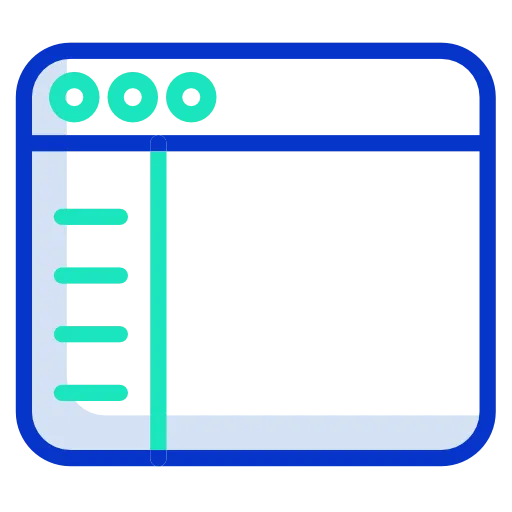 Forex Glossary
Forex Glossary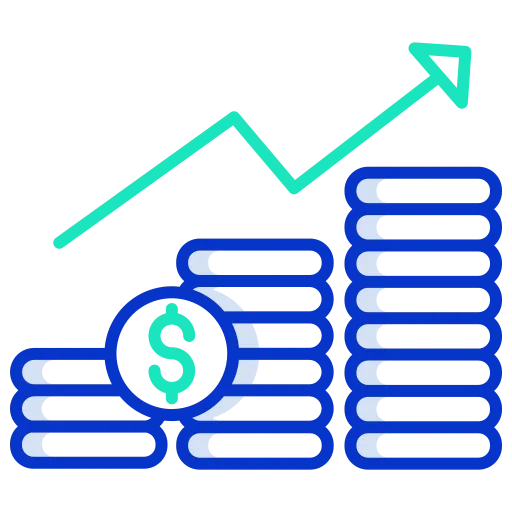 Traits of Successful Traders
Traits of Successful Traders Articles
Articles Ebooks
Ebooks Trading Strategies
Trading Strategies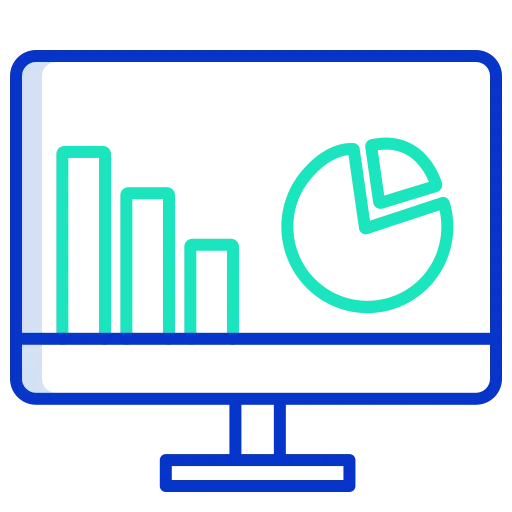 Daily Forecast
Daily Forecast Market Insights
Market Insights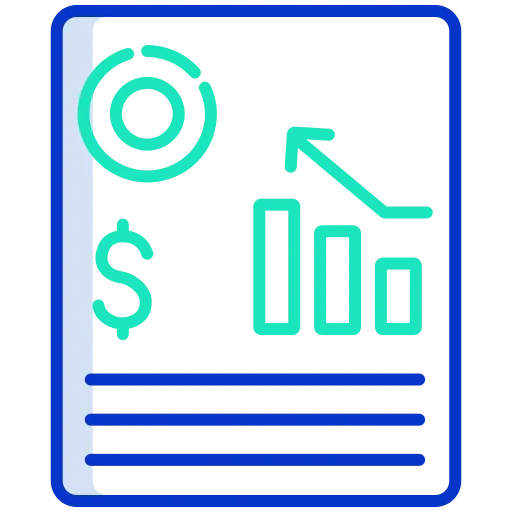 Weekly Forecast
Weekly Forecast Live charts
Live charts Economic Calendar
Economic Calendar Market Sentiment
Market Sentiment